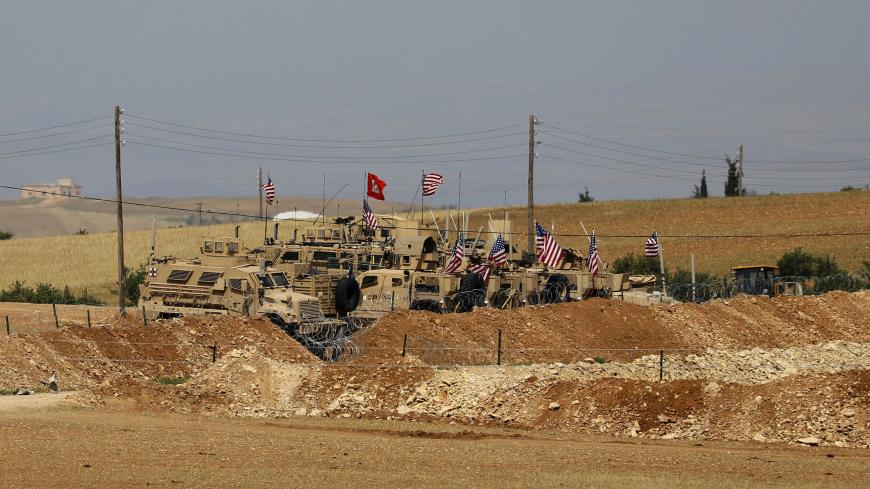When analyzing field indicators, it's easy to understand why Russia is the dominant force in northwest Syria both on the ground and in the air. Efforts led by Russia, with Iran and Turkey, to create a de-escalation zone around Idlib over the past year and a half have succeeded, despite minor differences of opinion.
But what happened June 18 definitely was a setback to Russia’s consolidation efforts in northwest Syria. For the first time ever, a Turkish military detachment of two armored personnel carriers and two mine-resistant ambush-protected vehicles displaying very visible Turkish flags patrolled along the Sajur River. The river, almost 15 miles from Manbij, constitutes a de facto boundary line between the Turkish military-backed Free Syrian Army (FSA) forces and the US-backed Syrian Democratic Forces.



